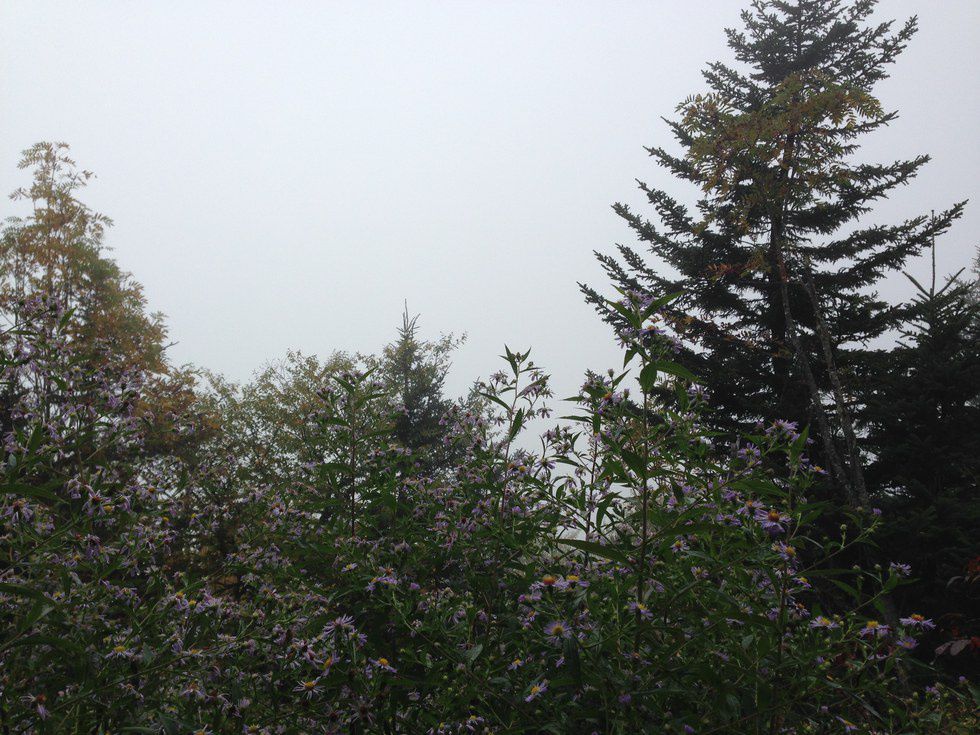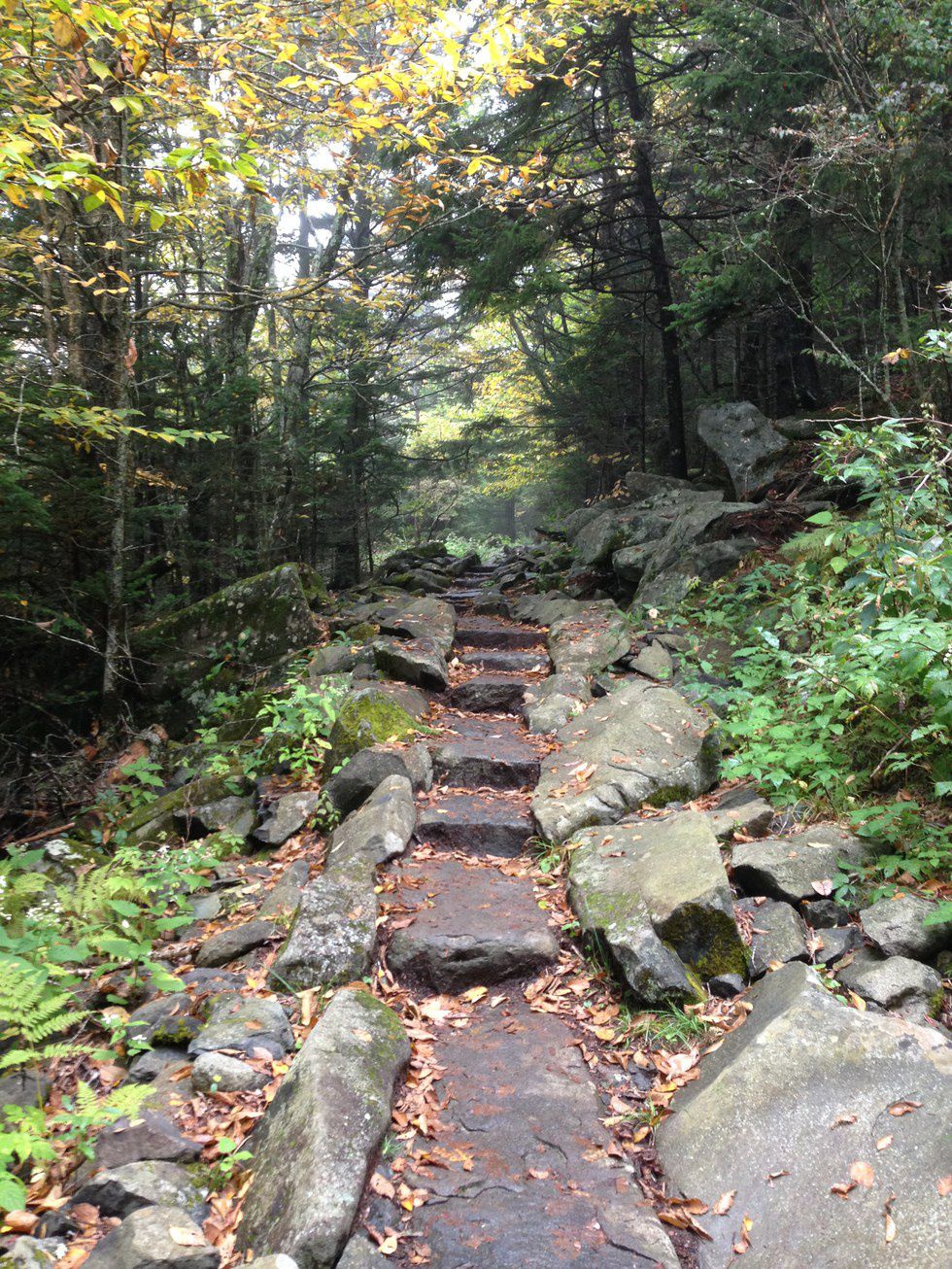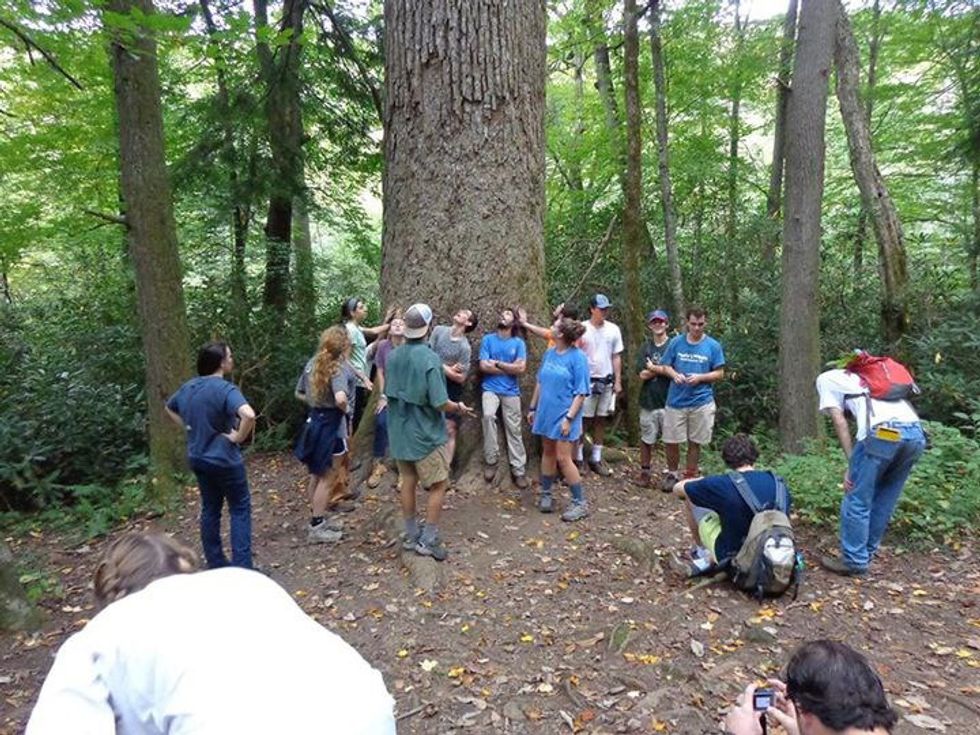As a forestry major, I am required to take a class entitled "Dendrology." When I am asked about my classes, I usually receive looks of confusion when I begin with dendrology, unless the person asking is familiar with forestry or botany terms. “What exactly is that?” most people ask. When I attempt to explain what the class is about, they respond with something along the lines of “Oh, you’re just studying leaves and stuff.” I answer with both yes and no.
Recommended for you
The most basic definition of dendrology is "the botanical study of trees and other woody plants." So yes, I spend three hours in lectures and three hours in lab every week to
study the physical characteristics of different trees, shrubs, and vines. By doing so, I am developing the ability to
identify different species by leaf, bud, twig, bark, or fruit. This semester, my particular
class will cover approximately 168 species, including both angiosperms and gymnosperms. That alone makes the subject pretty impressive. I have also memorized untold
amounts of Latin for each species, created to provide consistency amongst members of the scientific community.
I also answer "no," because this is not all I do. I don’t just study “leaves and stuff”; I am learning to identify my surroundings to develop a greater appreciation of nature. My three hour lab isn’t spent trapped indoors surrounded by beakers; instead, our class goes on hikes across my university’s 13,000-acre domain on the Cumberland Plateau. We visit places that represent many habitats, to discover the species of woody plants inhabiting the area. I am only halfway through my semester, but I now have a much stronger sense of where I have chosen to spend these precious, fleeting college years. I also have a better understanding of so many of the important environmental elements that not only make up this particular place, but also make our world inhabitable.
As if exploring 13,000 acres wasn’t enough adventure to satisfy my love for the outdoors, my class recently took a camping trip to the Great Smoky Mountains National Park, near Gatlinburg, Tenn. We examined species abundant and non-existent in the lower elevations of the Cumberland Plateau. It was an incredibly satisfying feeling to hike through a previously unfamiliar forest and be able to identify a large portion of the species in it. To you, they may just be trees, but to me, they are majestic life forms which support our entire planet. So I will ask my favorite question: have you hugged a tree today? If you haven’t, you should, and maybe even whisper a little thank you while you’re at it.























